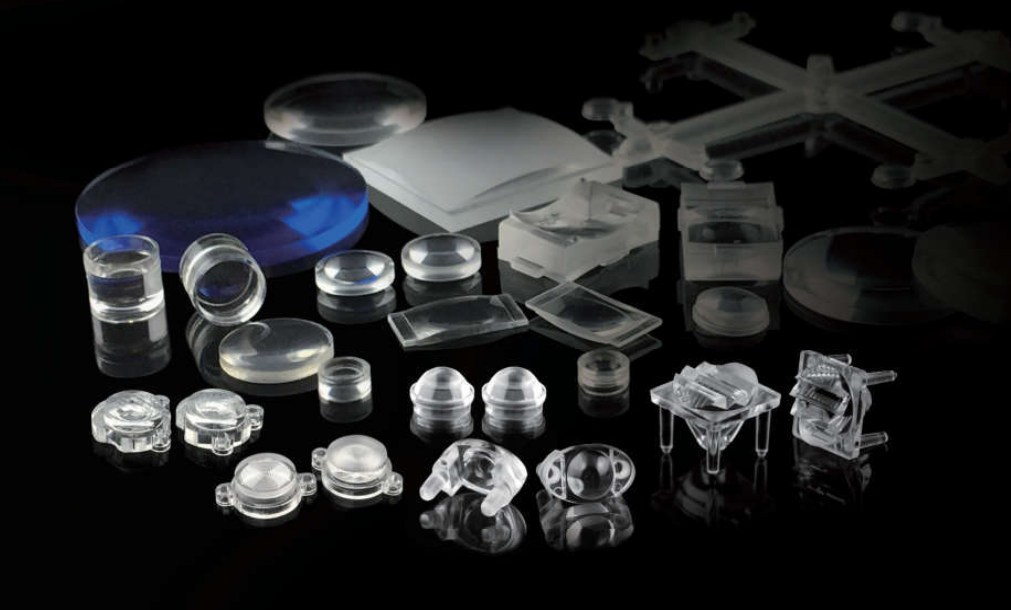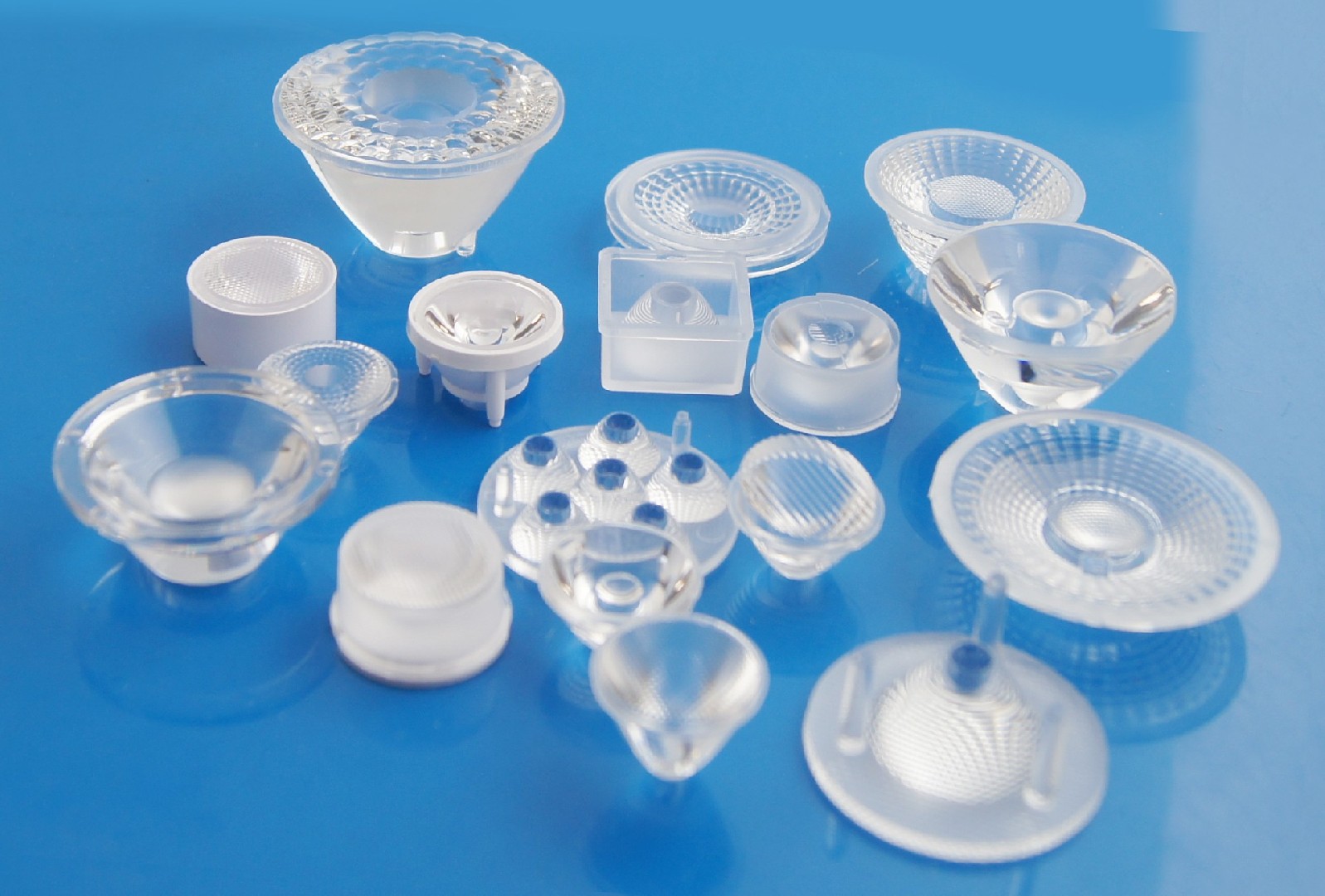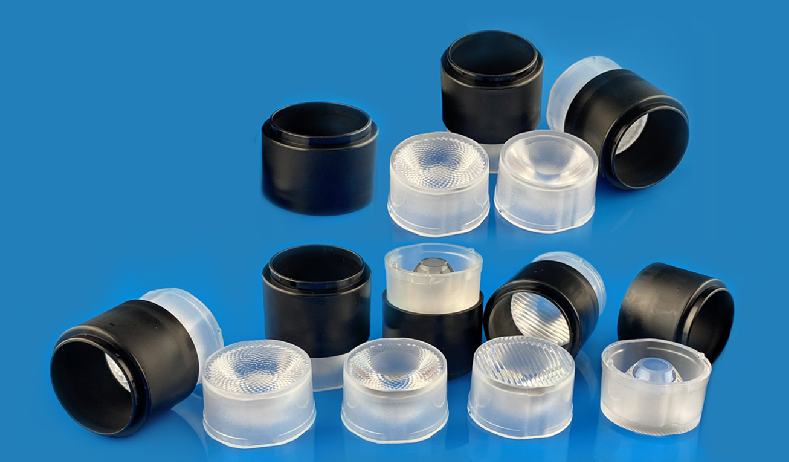
As we all know, with the improvement of LED technology, the application of LED is getting more and more extensive, LED street light is replacing the traditional street light. Although it does not take advantage of the cost of lamps and lanterns, but in the laying of cables, the cost of electricity, light source life, routine maintenance, LED street lamps accounted for the absolute advantage.
It has a wide range of uses. Summarise its top ten features:
First, energy saving: LED car lights are cold light source, overall low power consumption, power consumption is not more than -W, than the traditional light source energy saving more than 70%.
Second, environmental protection: there is no ultraviolet and infrared in the spectrum, neither heat, nor radiation, glare is small, and the waste can be recycled, no pollution does not contain mercury elements, can be safe to touch, belongs to the typical green lighting light led source.
Third, long life: there is no loose part of the lamp body, there is no filament luminous easy to burn, heat deposition, light decay and other shortcomings, in the proper current and voltage, the service life of up to 6-10 million hours, more than 10 times longer than the life of traditional light sources.
Fourth, high brightness, high temperature resistance.
Fifth, Small size.
Six, good stability, LED shock resistance: resin encapsulation, not easy to break, easy to store and transport.
Seven, high luminous purity, bright colours, no lampshade filtering, light wave error within 10 nanometers.
Eighth, fast response time, no need for hot start time, microseconds to light up, the traditional glass shell bulb has a delay of 0.3 seconds, can prevent tailgating.
Nine, the significance of the limit parameters
(1) allow power led consumption Pm: allowed to be added to both ends of the LED forward DC voltage and the current flowing through it the product of the maximum value. Exceeding this value, LED heating, damage.
(2) Maximum forward DC current IFm: the maximum allowable forward DC current. Exceeding this value can damage the diode.
(3) Maximum reverse voltage VRm: The maximum reverse voltage allowed. Exceeding this value, the light-emitting diode may be damaged by breakdown.
(4) Operating environment topm: light-emitting diode can work normally in the ambient temperature range. Below or above this temperature range, the light-emitting diode will not work properly, the efficiency is greatly reduced.
Eleven, the significance of electrical parameters
(1) spectral distribution and peak wavelength: a light-emitting diode light is not a single wavelength.
(2) luminous intensity IV: light-emitting diode light-emitting intensity usually refers to the law led line (for cylindrical light-emitting diode is its axis) in the direction of the luminous intensity. If the radiation intensity in the direction of (1/683) W/sr, the light-emitting 1 candela (symbol cd). As a result of the general LED light-emitting two intensity is small, so the luminous intensity commonly used candela (mcd) as a unit.
(3) spectral half-width Δλ: it indicates the spectral purity of the light-emitting tube. Is the figure 3 1/2 peak light intensity corresponding to the two wavelengths between the interval.
Last Article:Intelligent lighting driver power supply first
Next Article:A few things to keep in mind about your home's lighting environment


